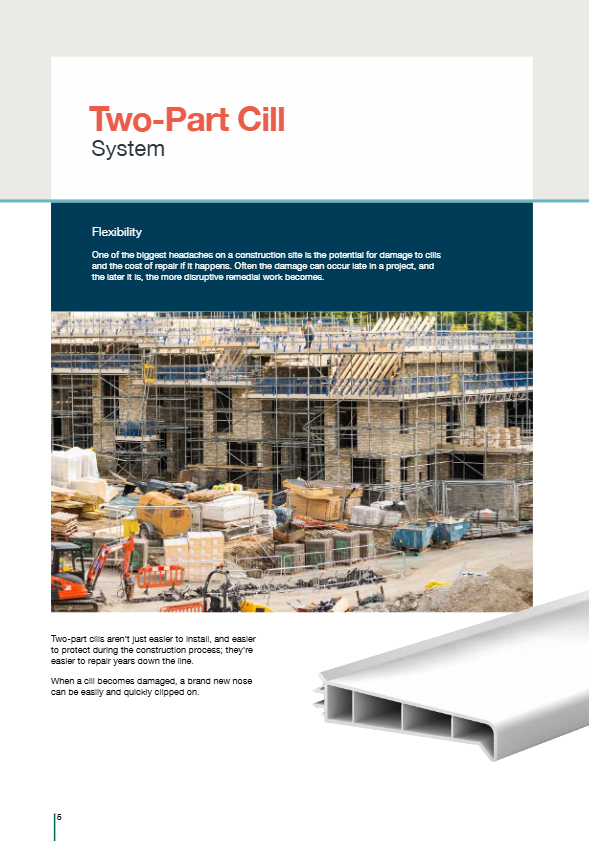Carter Jonas research identifies the 12 most suitable locations for new towns and explains why geography, scale and strategy must align for success
With a new wave of 12 new towns on the horizon, national property consultancy Carter Jonas has undertaken a significant piece of research into how these new towns – home to a minimum of 120,000 people – could be delivered. In advance of the New Towns Taskforce’s imminent list of chosen locations, it also presents some suggested locations.
New Towns: Foundations, Futures & Finances draws on comprehensive analysis to identify the 12 most suitable locations.

These are:
- Buckinghamshire
- Central Bedfordshire
- Bradford
- County Durham
- Kirklees
- North Yorkshire
- Somerset
- Wirral
- Wiltshire
- Birmingham
- Cornwall
- Medway
This list was compiled using projected population growth, population per dwelling, affordability ratios, commuting and employment, office stock, non-developed land area and transport accessibility.
David Churchill, Partner, Planning and Development, Carter Jonas, and one of the report’s authors, said: “The top 12 regions have been identified on the basis of both capacity and potential - places where demand for housing is high, but where there is also scope to grow employment, improve infrastructure and rebalance affordability. But perhaps one of the most surprising findings is that if the locations were determined based on the criteria used in our research, the East Midlands is unlikely to be chosen. In contrast, the South West would see the establishment of three new towns, as would Yorkshire and the Humber.”
On the size of these new settlements, the report reveals that the 10,000-home threshold proposed by the government’s New Towns Taskforce may be too low to achieve real transformation. The post-war new towns now average over 120,000 residents: a scale that allows for infrastructure, employment and cohesive placemaking.
“To deliver effective new towns along the lines of Milton Keynes or Stevenage, the government must think big,” said Carter Jonas Partner Francis Truss. “This requires planning on a commensurate scale: regional, rather than local. It is the absence of strategic planning frameworks that led to the failure of many recent new town proposals, such as the Eco Towns and Garden Villages. Regional planning is imperative to allow cross-boundary coordination and avoid local politics stalling development.
“So, it is encouraging that the government, in its newly published English Devolution and Community Empowerment Bill, plans for 33 new single-tier strategic authorities. By 2030 this could provide the structure needed to enable delivery, provided powers are matched by political will. Strategic authorities, operating at scale, are far better placed than individual local authorities to plan for new towns in ways that align with national infrastructure and regional growth.”
The report demonstrates how new towns have the potential to act as a catalyst for more effective devolution and economic regeneration.
“Combined authorities such as Greater Manchester and the West Midlands have already demonstrated how integrated planning across transport, infrastructure and housing can support regeneration and economic growth,” Truss said. “The proposed strategic authorities could go further still, especially if they are equipped with the right powers and incentives.
“Development Corporations, Mayoral Development Corporations are all tools that could help strategic authorities assemble land and deliver long-term infrastructure.”
In summary, Churchill concluded: “The government’s ambition to deliver 12 new towns is both timely and welcome, but must be underpinned by strategic clarity and a willingness to learn from the past.
“New towns have a proud legacy in England. They delivered places that work – not just housing, but communities with schools, transport and employment. We can do this again. But only if we plan with consistency, think at scale, and commit for the long term.”
New Towns: Foundations, Futures & Finances, which addresses the history of new towns and options for delivery and financing, provides a comprehensive and timely evidence base for the New Towns Taskforce ahead of its much-anticipated recommendations to ministers.




















